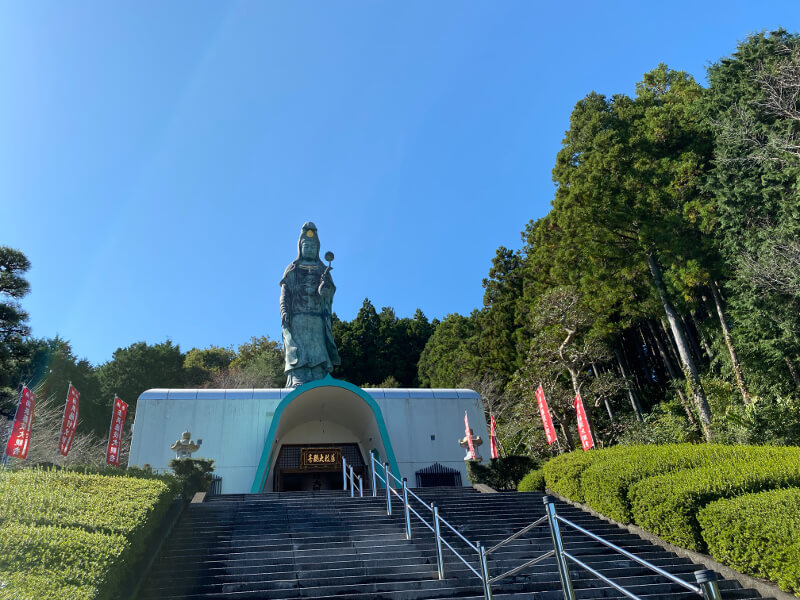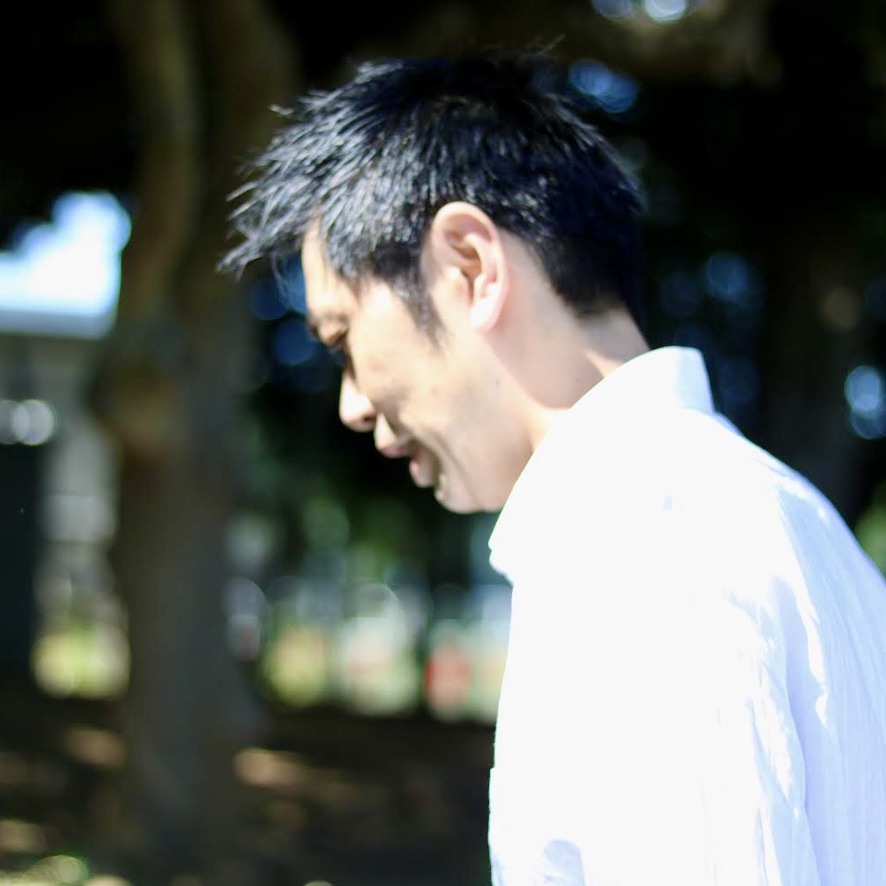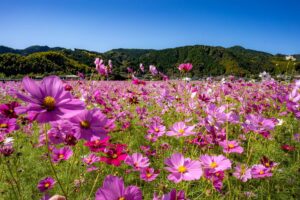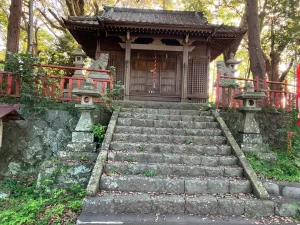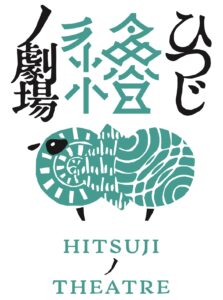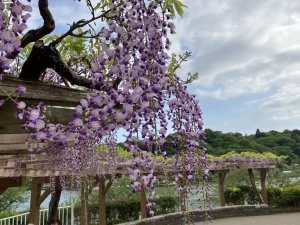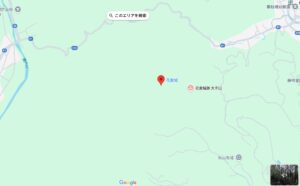This article was created using a translator. There may be expressions that are difficult to understand. If you have any questions, please check by yourself.
Please consult us about anything related to Fujieda City.
CONTACTHello~. This time I went to the “Fujieda Daikannon” inside Fujieda City’s Fujieda Cemetery~
Wow. I didn’t expect it to be this huge.
The image above is from Sano Stone Co., Ltd.’s website.
Overview
The Fujieda Daikannon is a standing statue of Kannon Bosatsu erected within the grounds of Fujieda Reien Cemetery (407 Nishikata, Fujieda City, Shizuoka Prefecture 426-0211) and at the adjacent temple, Banshōin.
The statue stands approximately 17 meters tall and is introduced on the city’s official website as “one of the largest bronze standing Kannon Bodhisattva statues in Japan.”
It is said that Tokugawa Ieyasu visited Banka-in Temple when he resided at Tanaka Castle and enjoyed playing Go there. There is also a theory that the temple was named “Banka-in” (meaning “Go Board Leg Temple”) after the legs of a Go board.
The statue was erected in November 1992, and its consecration ceremony took place in March 1993.
Thus, it is a relatively new Kannon statue. Nevertheless, its sheer scale creates an overwhelming presence.
When visiting, it’s recommended to either climb the stairs from near the cemetery entrance or check access from the parking lot to appreciate its immense size from a distance. Standing before the Kannon statue, you’re sure to have that moment where you gasp, “Wow…!”
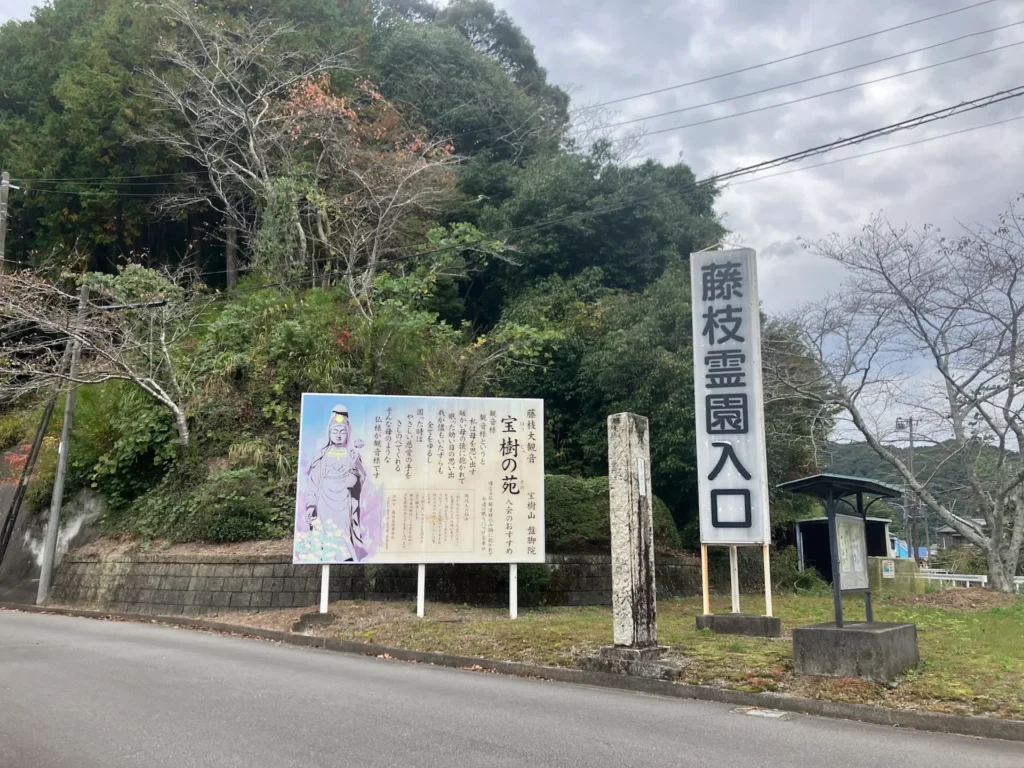
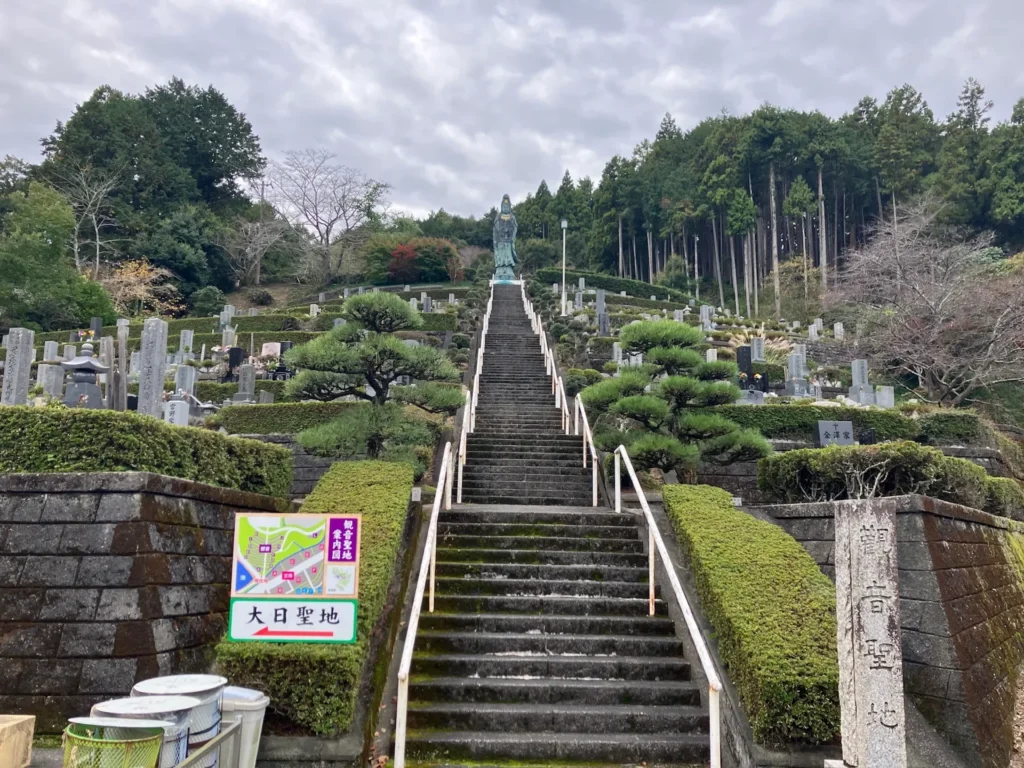
Origin
以It seems to have the following background.
- The original temple, Banshō-in, is said to have been founded around the Nanboku-chō period and is a temple with a long history locally.
- Adjacent to Banshō-in, as Fujieda Cemetery was being developed, plans were made to erect this Kannon statue.
- The Kannon statue was crafted by Kajiwara Seisakusho, a company in Takaoka City, Toyama Prefecture, nationally renowned for producing Buddhist altar fittings and bronze statues.
- Records indicate the reason for erecting this statue was “the miraculous recovery of Banjakuin’s head priest from a serious illness.”
↑I researched this information online, so it’s not entirely certain, but it seems to have a fairly significant history.
Episode
As mentioned earlier, the establishment of the Fujieda Daikannon statue is tied to the story of the chief priest’s recovery from a serious illness. It’s a tale of prayers and wishes born from suffering eventually taking shape as this grand Kannon statue. Building a Kannon statue symbolizes establishing a guardian and a place for prayers for the community. For the locals, it must have been a kind of anchor—a place where they felt their hearts could find peace.
Another defining feature is its powerful catchphrase: “One of the largest in Japan.” …Why didn’t I know about this? lol
Actually going there
Visiting Fujieda Daikannon in person, you’ll find several points where you’ll almost blurt out, “Wow, this is amazing!”
First and foremost is its sheer scale. Standing 17 meters tall, the Kannon statue is truly awe-inspiring up close. Looking up at it makes your neck ache, and even from afar, it commands a strong presence within the surrounding landscape.
Plus, this Kannon statue is made of bronze. It has a weighty, solid feel unique to metal, and when sunlight hits it, there are moments when it seems to shimmer slightly. Just the texture of the material alone gives it a distinct power, different from other Kannon statues.
You might be thinking, “That’s not quite right~!!” but it reminded me of the “Lord Shiva” statue I saw in Varanasi, India, during the summer.
Maybe it’s just the color, though…💦
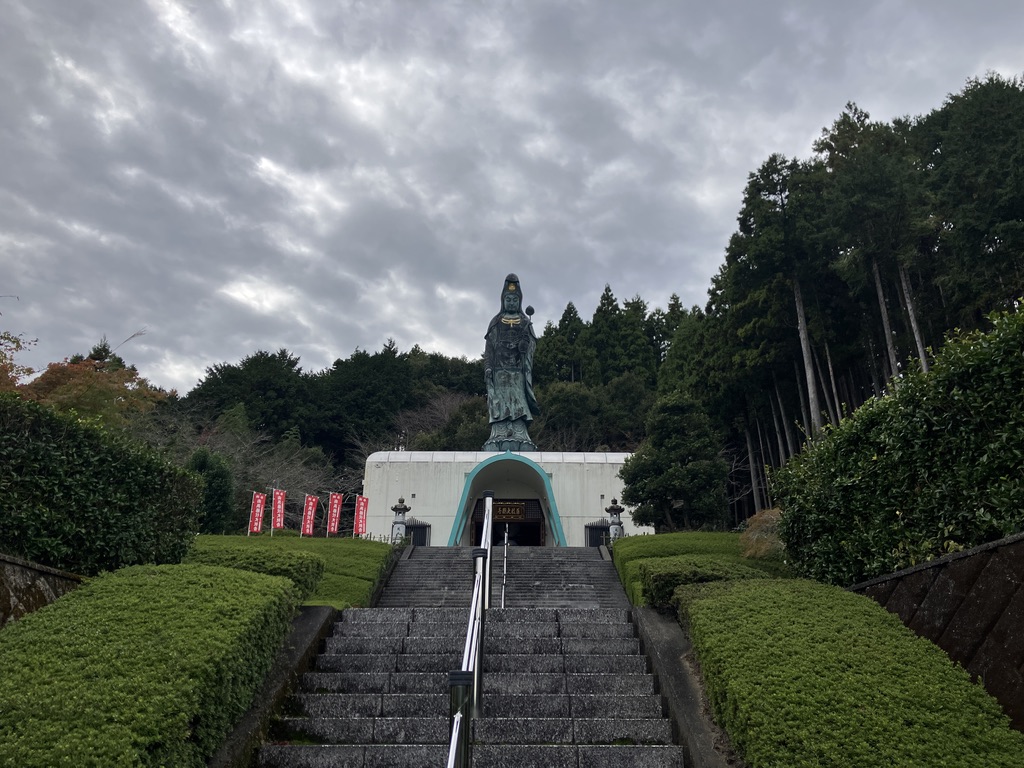

And what you should really notice is inside the pedestal. Apparently, the interior of this pedestal is actually a small shrine, housing golden statues of Kannon and Shaka. It’s not just the grandeur from the outside—there’s also a quiet space for prayer inside.
Before entering, I thought it might be dark and scary, but the moment I stepped inside, the lights automatically flashed on.
This really surprised me lol




And above all, the location is truly impressive. As you climb the cemetery steps, the Kannon statue gradually grows larger before your eyes—it’s incredibly thrilling.
On clear days, the contrast of light and shadow against the blue sky is beautiful, making it a perfect spot for photos.
Lastly, I highly recommend viewing it from a distance. While the sheer power of looking up at it close-up is impressive, observing the Kannon statue standing seamlessly integrated into the landscape from a little further away also has its own profound charm. According to the introduction site, “The view from around Anrakuji Temple is also recommended, not just from the bottom of the stairs.” Indeed, even from afar, its gentle form is clearly visible, and somehow, you feel protected.

Also, the view of Fujieda City from the top where the Kannon statue stands (at the top of the stairs) is absolutely amazing. There’s even a pond, which is really soothing.
But… it’s way too cloudy, lol.

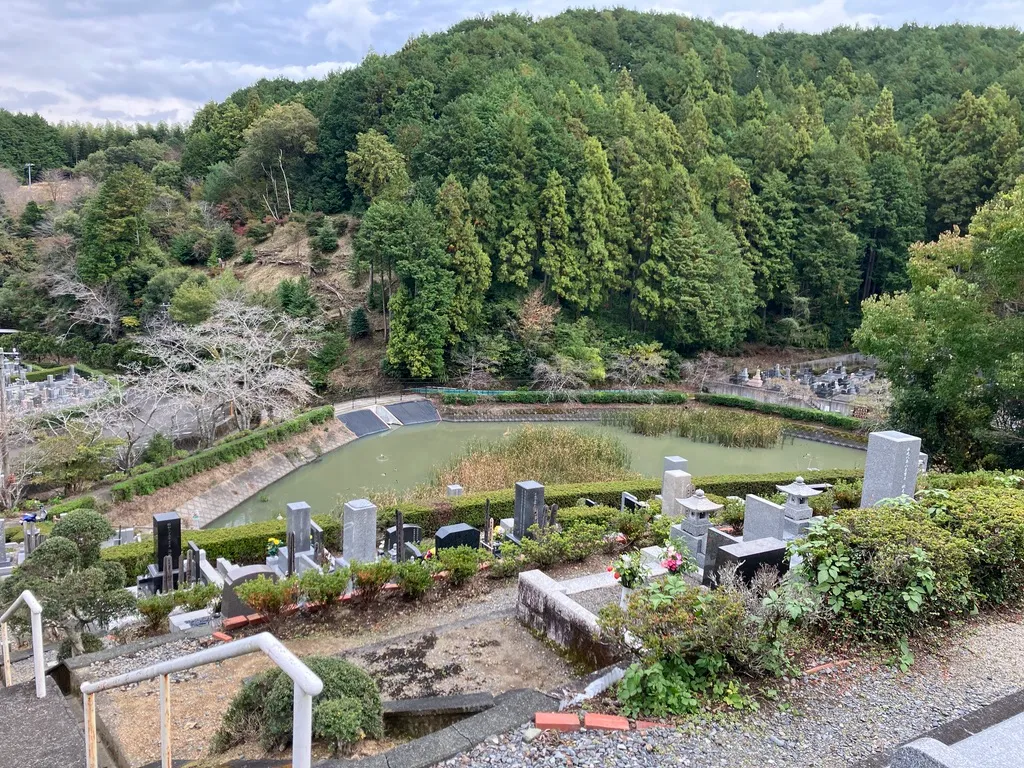
Name: Fujieda Daikannon
Admission Fee: Free
TEL:054-643-3111 (Fujieda City Hall)
Address: 407 Nishikata, Fujieda City, Shizuoka Prefecture 426-0211


